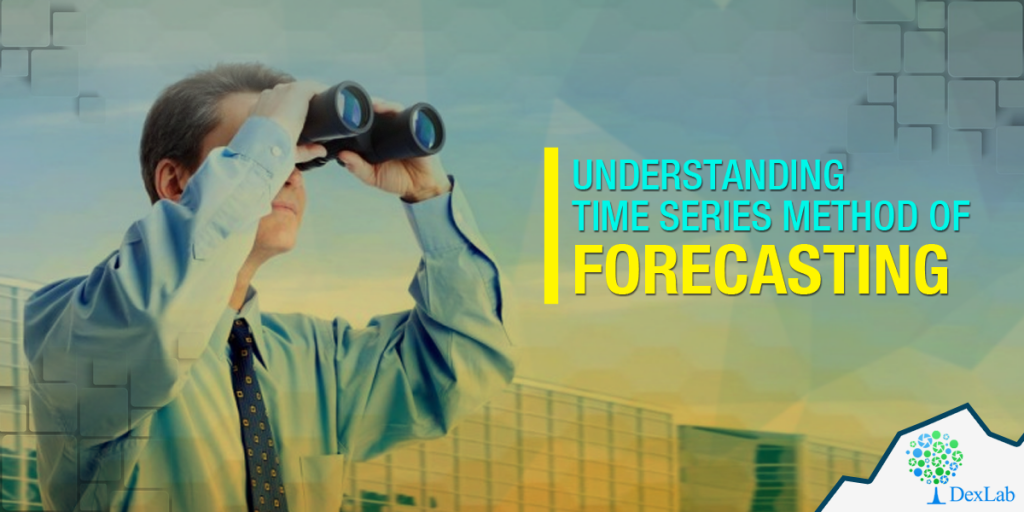The dictionary meaning of the word forecasting is to estimate what could possibly be the future outcomes within a business or operation. But when it comes to the sector of data analysis this method is used for translating the past data or experiences into future possible outcomes. This is a highly useful analytics tool that helps any company management to cope with uncertainty of the future. For both short term and long term decisions forecasts are highly important.
Forecasting can be used by businesses in several areas, which may include: economic forecasts, technological forecasts, and also demand forecasts. Forecasting techniques can be classified into 2 broad techniques: quantitative analysis (objective approach) and qualitative analysis (subjective approach). For the quantitative method of forecasting technique an analysis of historical data is conducted and the past patterns in data are assumed to predict future data points. While on the other hand in the qualitative forecasting technique, the judgment of experts is employed in the specific field to generate probable forecasts. These are mostly educated guesses or opinions of experts in that specific area of expertise.
Quantitative methods are of two types: explanatory methods and time series. In case of time series methods the forecasts are based solely on historical patterns in the data. This method is used as a time independent variable to produce the demand. The measurements in this method are taken successive points or over successive periods. For instance, the measurements may be taken every day, every week, every hour, every month or every year or even at other regular (or irregular) intervals. The first step in using the time series forecasting is to gather historical data. This historical data is the representative of the conditions expected in the future. The models of time series forecasting are adequate as forecasting tools if the demands can show a consistent pattern in the past which is expected to recur in the future. Time series models can be divided into four components – cyclical component, seasonal component, irregular component and trend component.
Time series models are mostly used in the financial sector to forecast stock performances or interest rates which are used in forecasting weather patterns as well. The time series methods are probably the simplest ways to deploy and can also be quite accurate especially over the short term. Various programs are available in the market to find a solution using the time-series methods.
Interested in a career in Data Analyst?
To learn more about Data Analyst with Advanced excel course – click here.
To learn more about Data Analyst with SAS Course – click here.
To learn more about Data Analyst with R Course – click here.
To learn more about Big Data Course – click here.
Advanced Analytics and Data Science, Big Data, business analytics, data analytics, Institute

Comments are closed here.